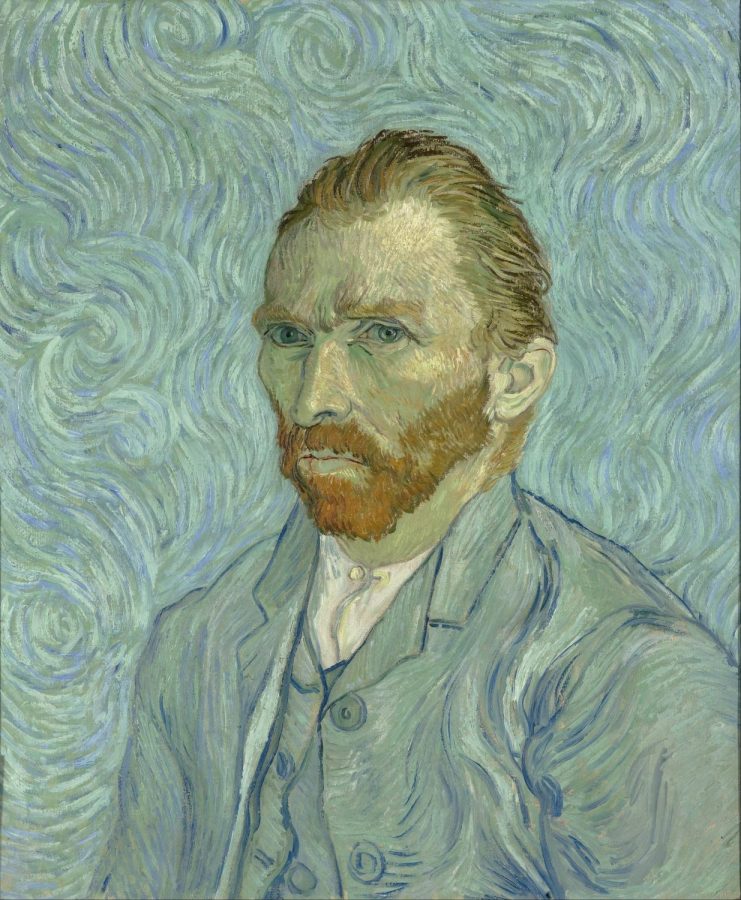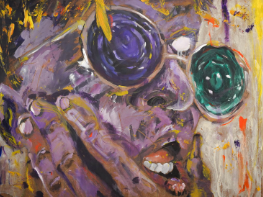Students, teachers react differently to “starving artist” stereotype
Creative Commons Photo Courtesy of Wikipedia
Vincent Van Gogh is one of the most famous examples of a starving artist by today’s definition. https://creativecommons.org/licenses/by/2.0/
January 25, 2019
Whether a painter, photographer or writer, the art world connects creative icons and provides common ground. Vincent Van Gogh, Matthew Brady and Edgar Allen Poe, all notable art prodigies, have something else in common. Despite being wildly famous today, these artists all died in poverty.
These people are all examples of the “starving artist” stereotype. Society knows this stereotype as one that prioritizes their work above all else, even suitable living conditions.
Graphic communications teacher Amanda FitzPatrick said that starving artists choose to make difficult sacrifices for their careers.
“There are a certain amount of things an artist is willing to sacrifice to chase their dream,” Fitzpatrick said. “The idea of the ‘starving artist’ analogy is about how much the artist is willing to go without. You have to choose what your necessities are.”
According to Artfinder, three-quarters of artists only make $10,000 or less a year from their art, and 47 percent of the artists surveyed said their art accounted for less than 25% of their total income.
Senior Vivian DeRosa disagrees with the stereotype. “The ‘starving artist’ is lazy. They refuse to get a real job. But true artists are hustlers,” she said. “They balance volunteering and taking care of family, marketing themselves and creating businesses, doing work and exploring their art.”
Freshman Carla Vreeland of Aberdeen said that self-sacrifice can both help and hurt an artist.
“A lot of artists do it, and I think its worth it up to a certain point,” Vreeland said. “You need to sacrifice a lot to get something done, but you don’t want to leave yourself helpless.”
Freshman Fiona Macchin of Holmdel, however, said she doesn’t believe the starving artist stereotype defines what an artist truly does.
“I wouldn’t say it’s entirely accurate,” Macchin said. “I would say artists devote most of their spare time to their work, but they don’t give up that much time. Of course, that’s not everyone.”
Artists have been struggling to chase their dreams and make ends meet for years. Even today, focusing on a creative career is a tough job that requires not only skill, but a lot of luck.














